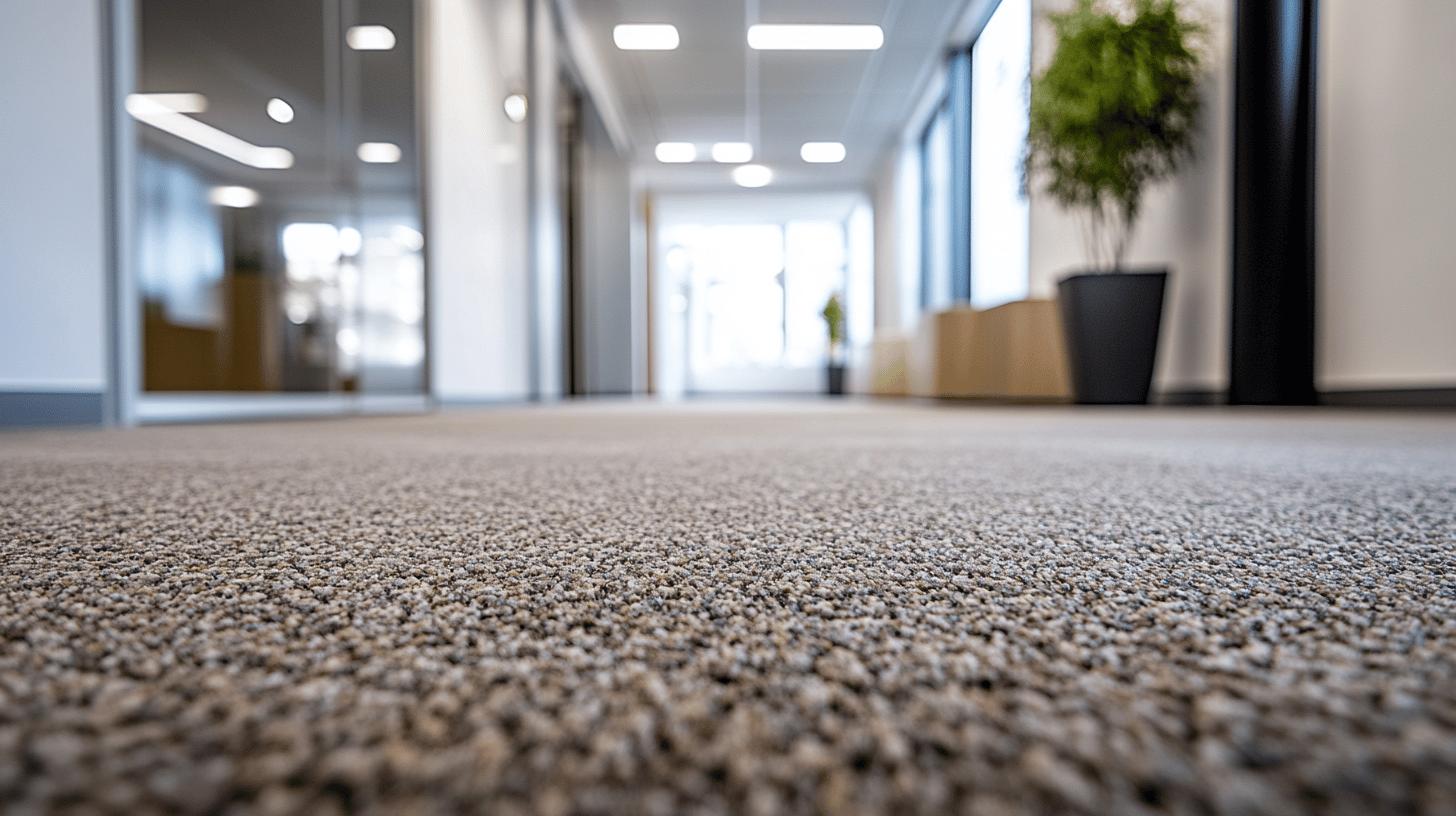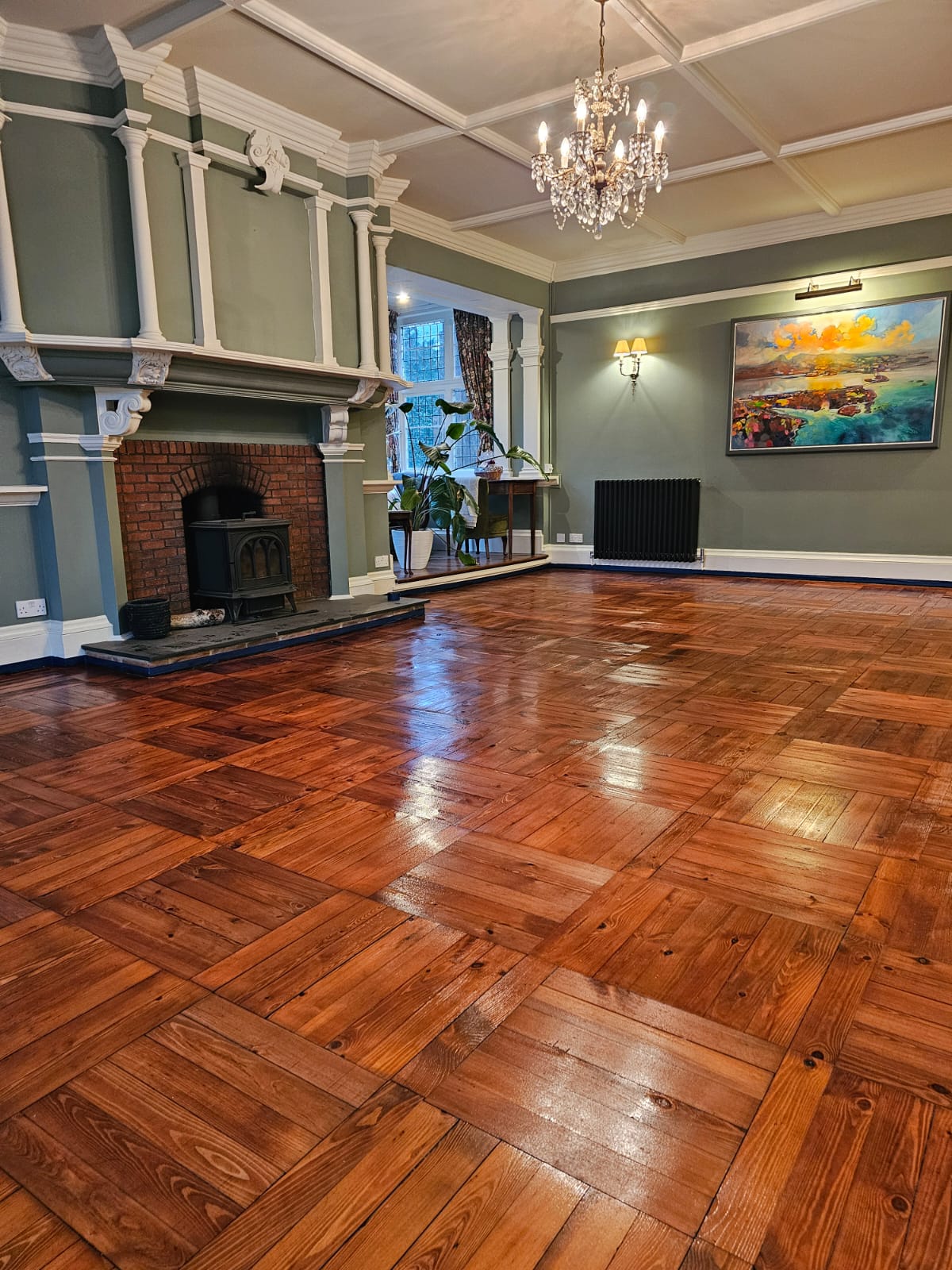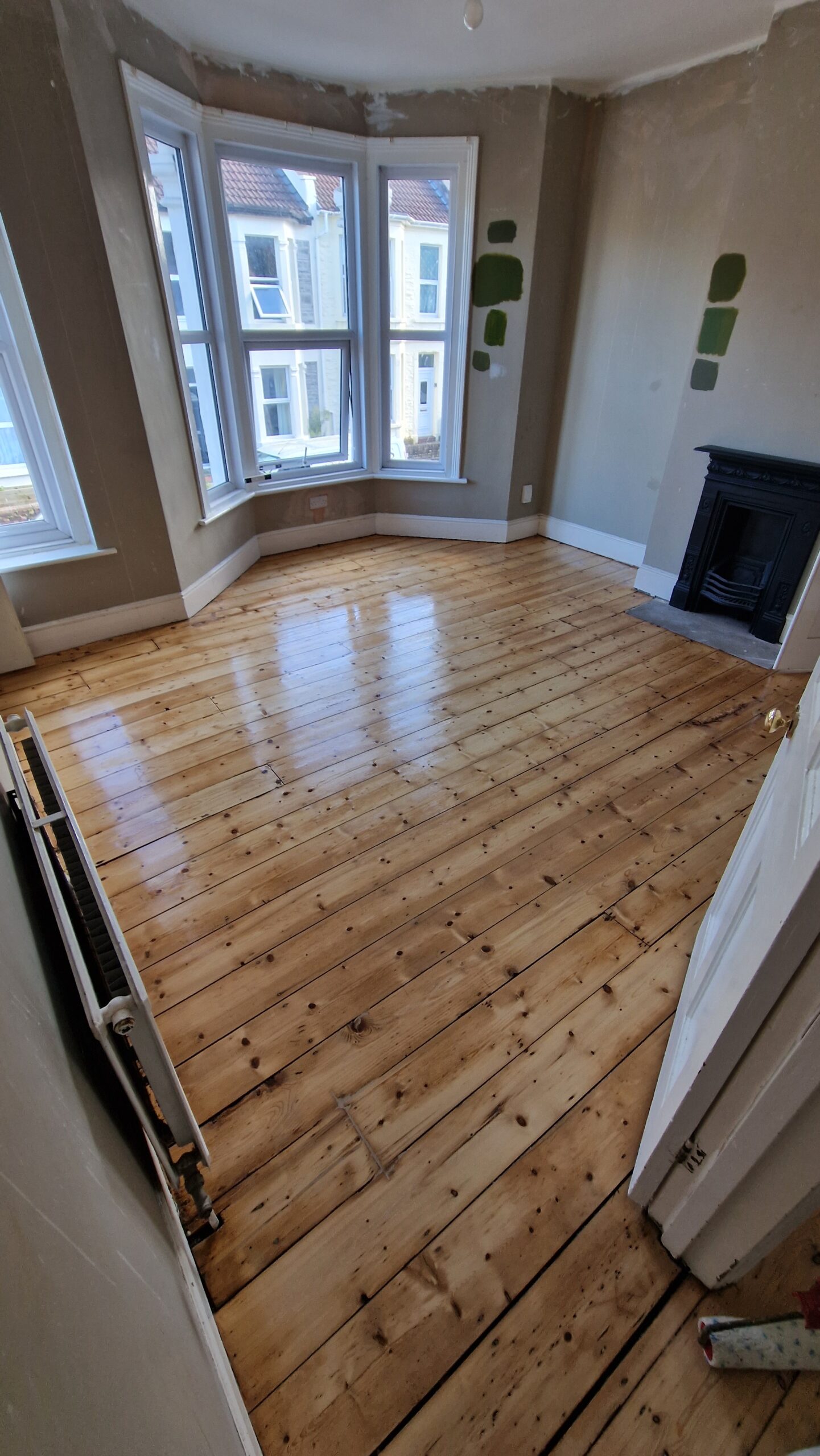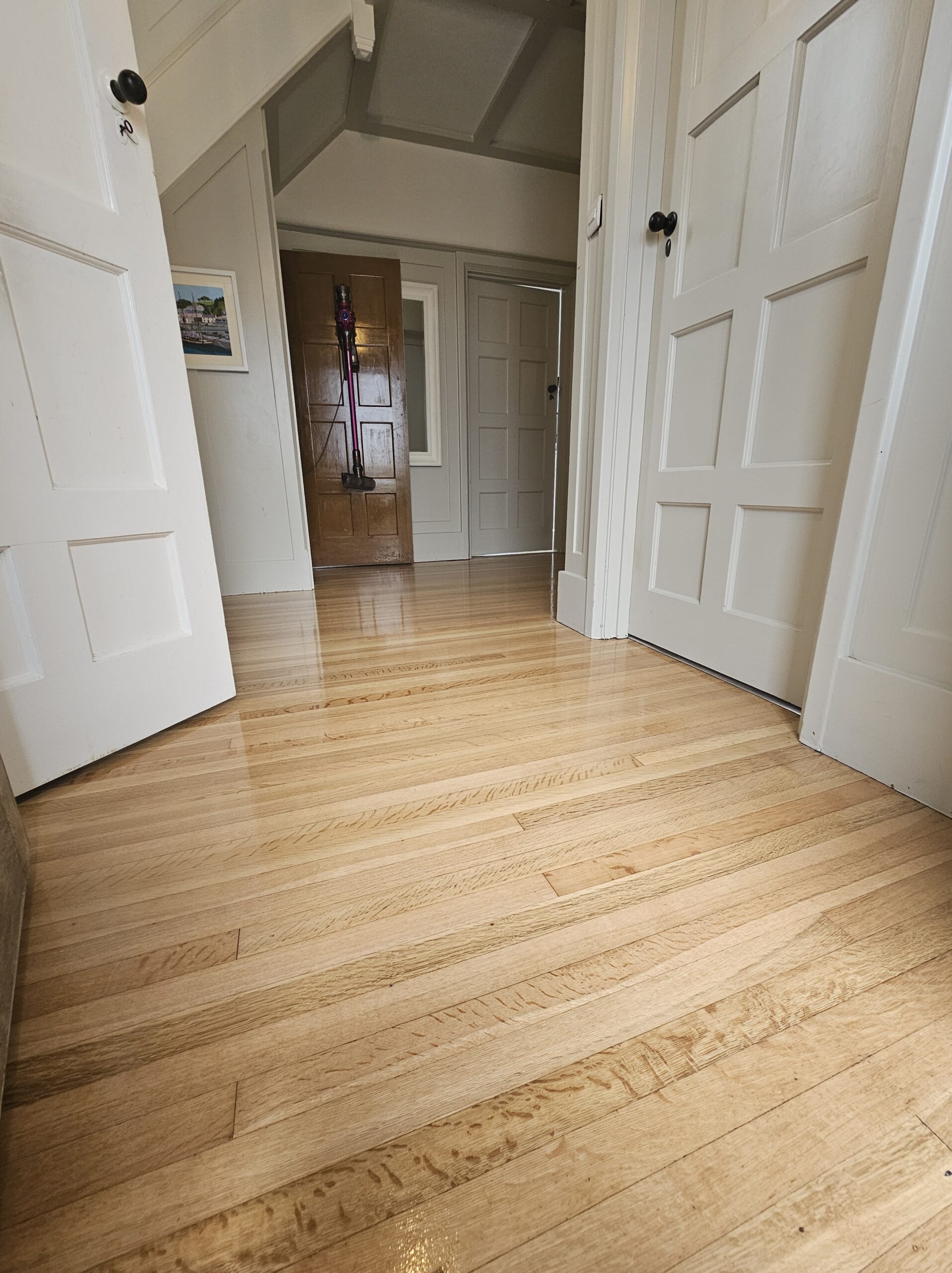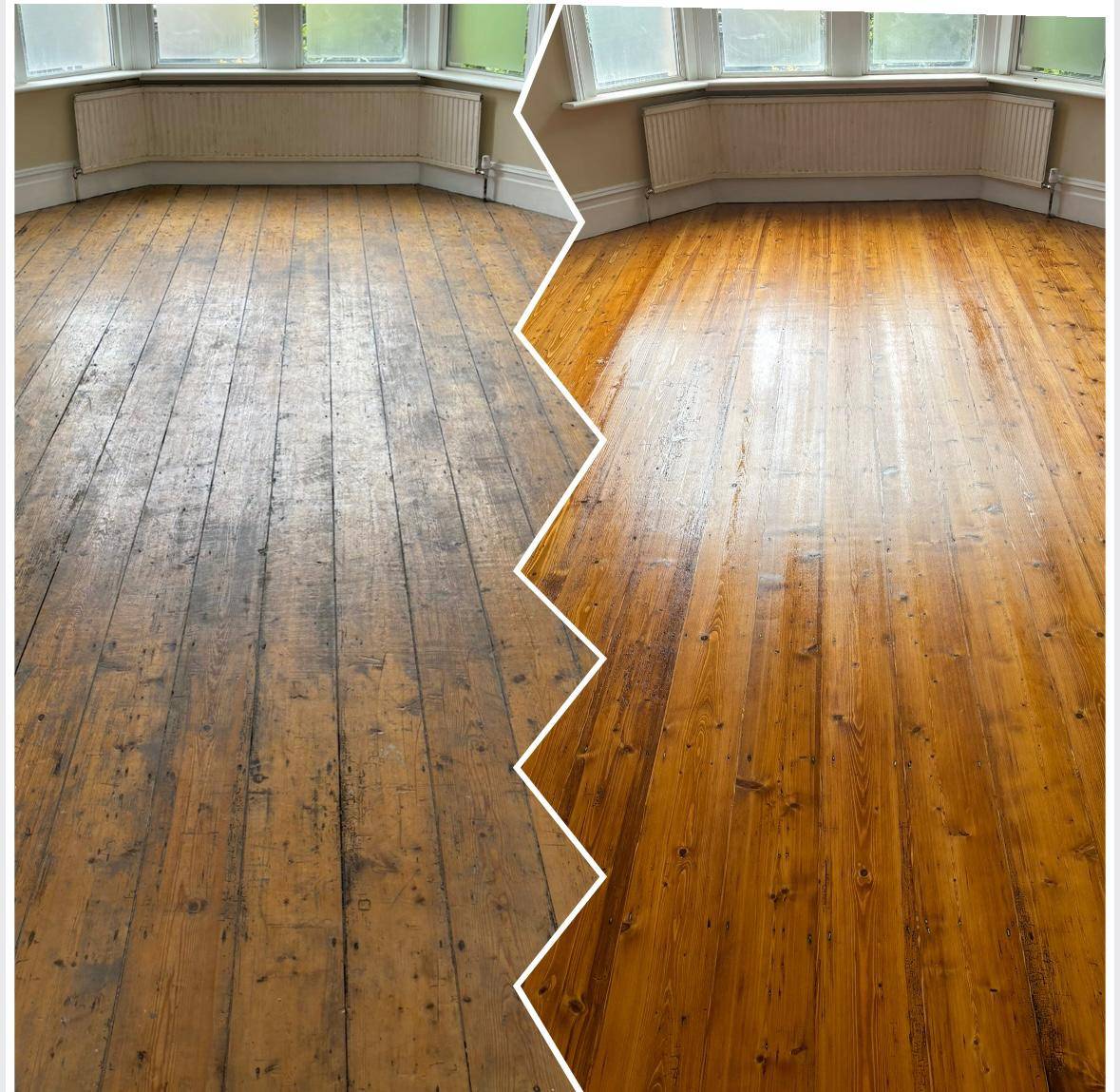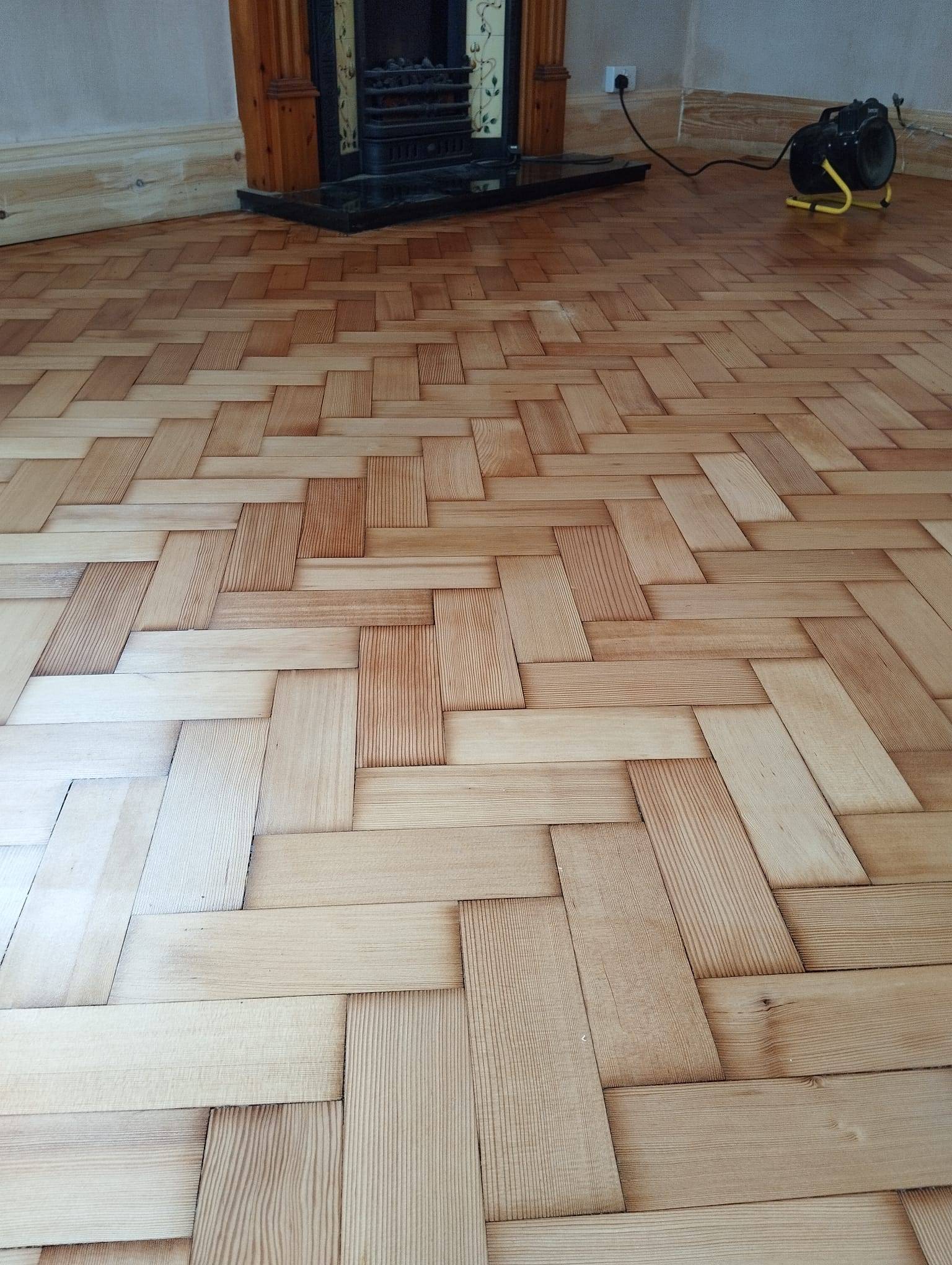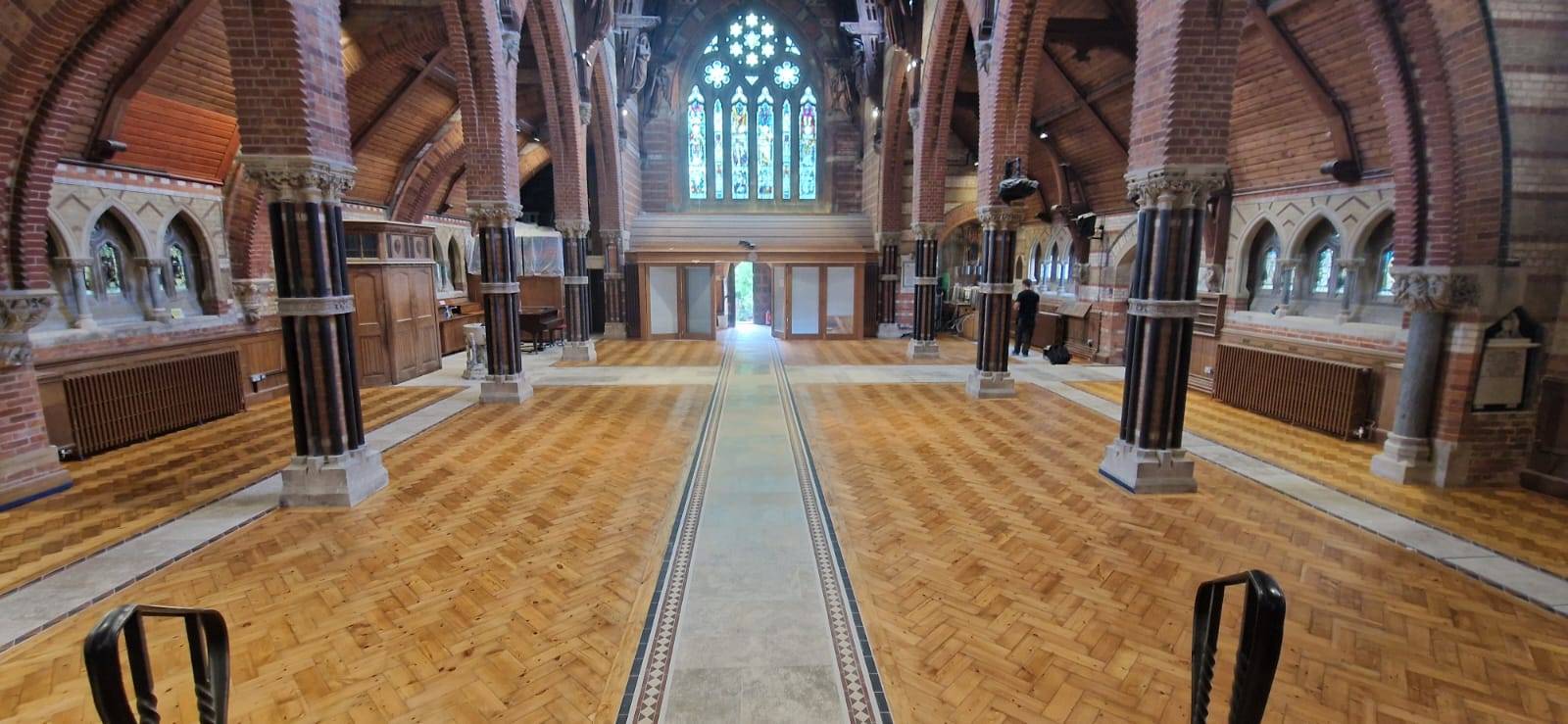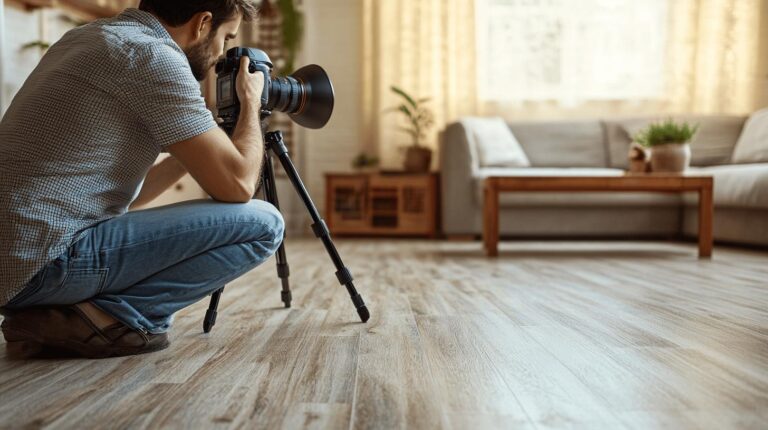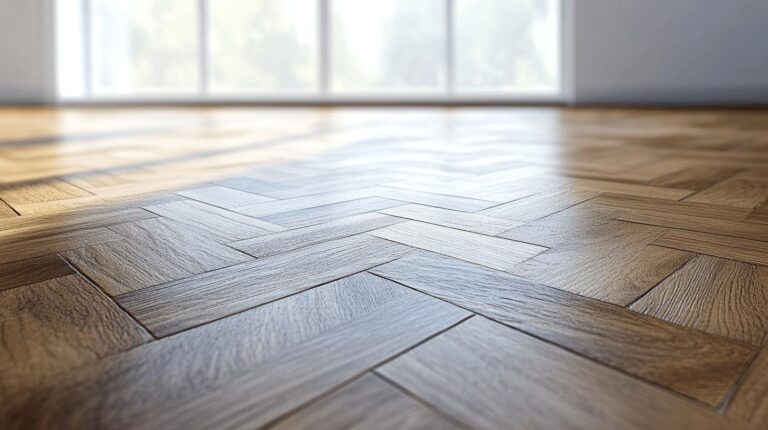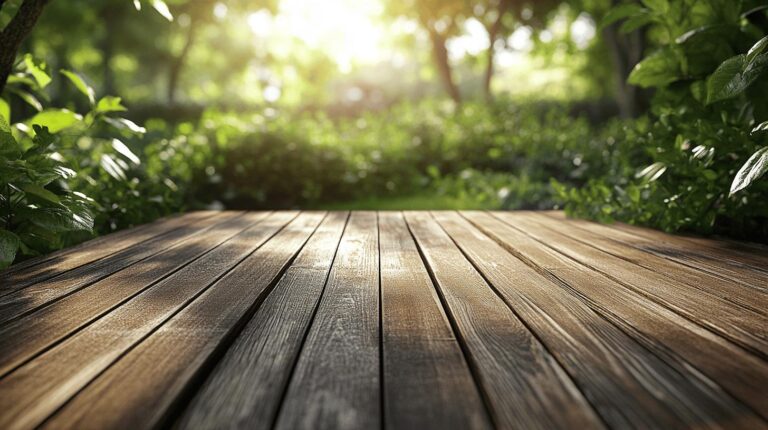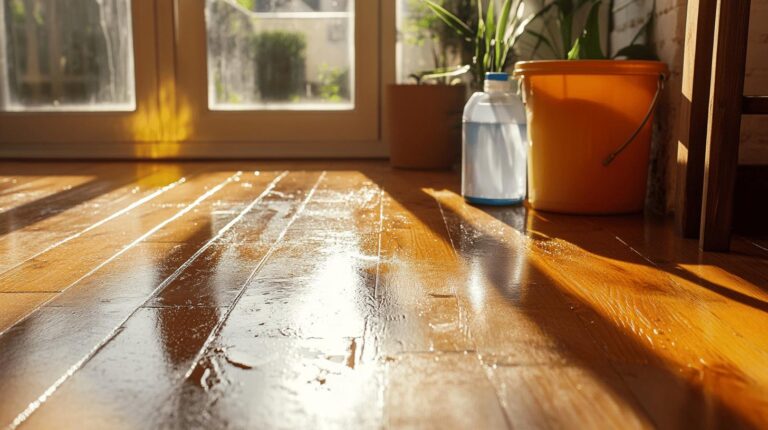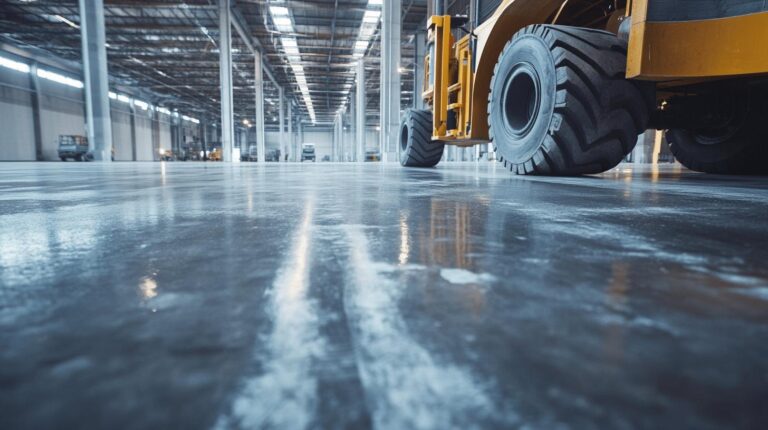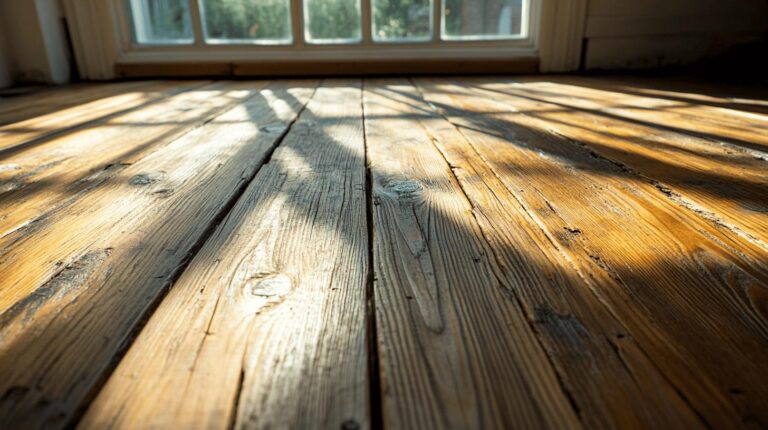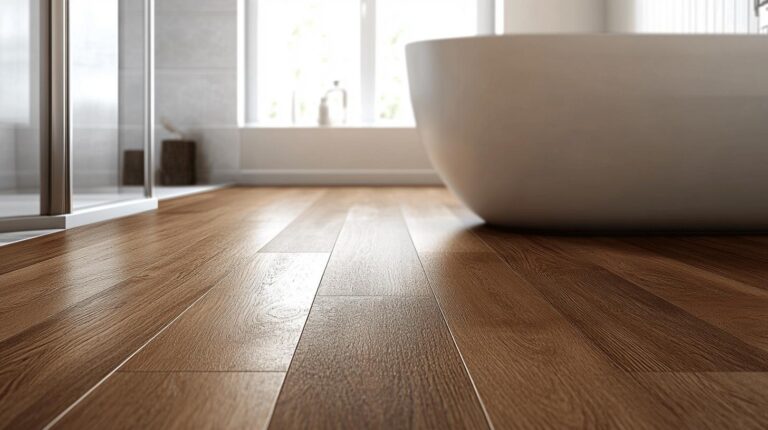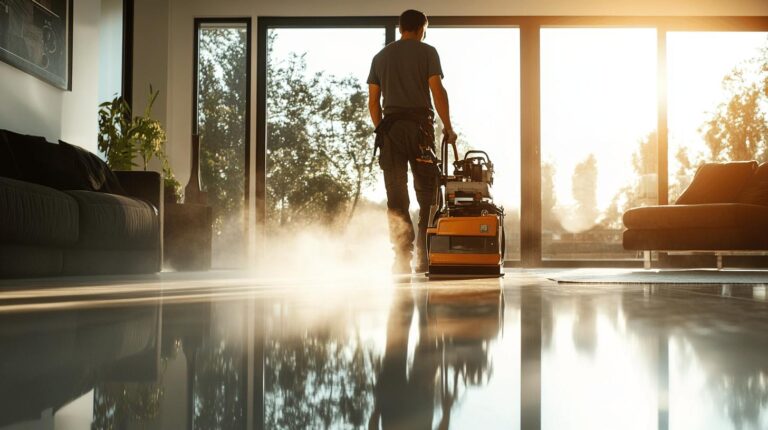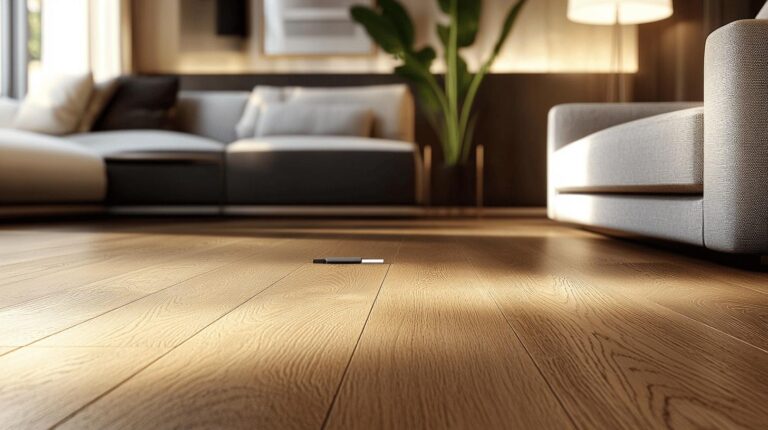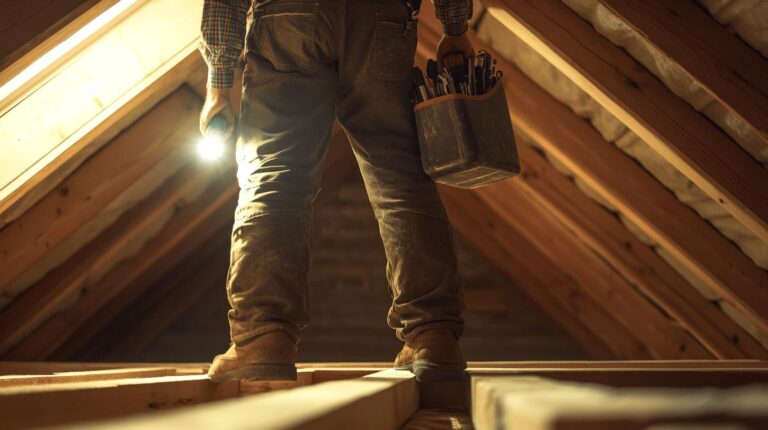Is your business prepared for the commercial flooring revolution of 2024? This year marks a significant shift towards innovative, sustainable materials that blend durability with style. Companies are increasingly opting for residential aesthetics in their workspaces, implementing warmer colours and bespoke patterns like herringbone. In this article, you’ll discover leading-edge trends and practical solutions that not only enhance your business’s visual appeal but also meet practical requirements. Buckle up as 2024’s flooring innovations provide both aesthetic allure and technical functionality, ensuring your business remains at the forefront of design standards.
Emerging Commercial Flooring Trends for 2024
In 2024, commercial flooring trends are increasingly focusing on sustainability and innovation. Businesses are recognising the environmental impact of their flooring choices, leading to a surge in eco-friendly materials such as reclaimed wood and bamboo. These materials not only reduce environmental footprints but also offer durability and aesthetic appeal. Innovations in flooring are also addressing the demand for energy-efficient solutions, with the development of materials that provide better insulation and energy conservation properties. The shift towards sustainable materials is a reflection of a broader commitment to environmental responsibility within the commercial sector.
The commercial flooring landscape is also seeing a transformation in design aesthetics. Key trends include:
- Residential aesthetics, bringing a home-like feel to commercial spaces
- Warm colour palettes, such as beige and taupe, which are replacing cooler shades
- Softer wood graining, offering a more natural and subtle appearance
- Tailor-made patterns, like herringbone and plaid, add texture and visual interest
- Bold geometric designs make a statement in modern offices and retail environments
Technology is playing a pivotal role in shaping modern flooring designs. Advanced manufacturing techniques allow for the creation of intricate patterns and textures, enabling businesses to achieve unique looks without compromising on durability. Smart flooring systems with embedded sensors are gaining traction, providing data-driven insights on foot traffic and wear, allowing for more efficient maintenance. Anti-microbial surfaces are another technological advancement that enhances hygiene standards in commercial spaces. These innovations not only elevate the aesthetic value of floors but also contribute to improved longevity and functionality, meeting the evolving needs of businesses.
Durable Flooring Solutions for High-Traffic Areas
High-traffic commercial areas require flooring that can withstand constant use while maintaining its aesthetic appeal. Durability is paramount in such environments, as floors are subject to wear and tear from heavy foot traffic, equipment, and environmental factors. Porcelain tile stands out as an ideal choice for these settings, particularly in high-traffic areas like hotel lobbies and shopping centres. Its robust construction offers exceptional resistance to scratches, stains, and moisture, ensuring a long-lasting surface. Additionally, Luxury Vinyl Tile (LVT) is favoured for its combination of durability, water resistance, and ease of maintenance. Engineered wood provides the elegance of natural wood with enhanced structural integrity, reducing the risk of warping and shrinking.
| Flooring Type | Durability Features |
|---|---|
| Porcelain Tile | Scratch and stain resistance, moisture durability |
| LVT | Water resistance, low maintenance |
| Engineered Wood | Reduced warping and shrinking, natural wood appearance |
Selecting the appropriate materials for high-traffic areas is crucial for ensuring longevity and maintaining the floor’s visual appeal. The right choice can enhance the environment by providing a durable and attractive surface that withstands the test of time. By prioritising materials like porcelain tile, LVT, and engineered wood, businesses can achieve a balance between functionality and style, ultimately leading to cost savings and reduced maintenance efforts over the long term.
Stylish Flooring Options for Modern Businesses
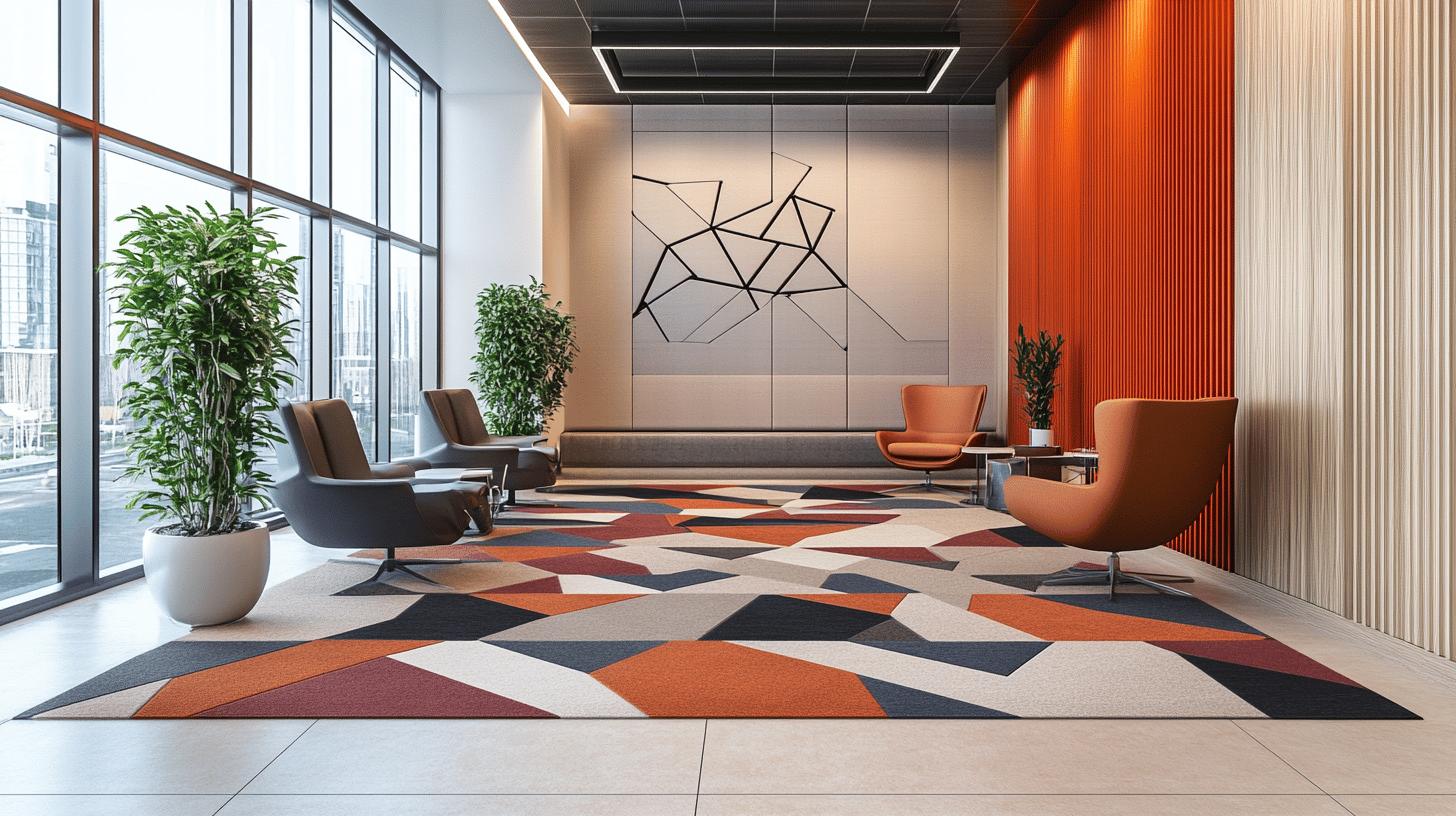
In 2024, commercial spaces are embracing a resurgence of bold patterns and vibrant colours, pushing the boundaries of traditional office aesthetics. The use of geometric designs is gaining popularity, providing a dynamic and modern look that makes a significant statement in offices and retail environments. Businesses are increasingly opting for flooring that not only serves a functional purpose but also acts as a visual focal point within a space. This shift towards more expressive designs is driven by the desire to create engaging and memorable environments that reflect a brand’s identity and culture.
- Luxury Vinyl Tile (LVT): Offers the appeal of natural materials like wood and stone without the high cost.
- Geometric Patterns: Adds visual interest and a contemporary edge to any space.
- Carpet Tiles: Known for versatility, allowing for creative and customizable designs.
- Porcelain Tiles: Combines durability with stylish design, suitable for high-traffic areas.
Stylish flooring not only enhances the aesthetic appeal of a business environment but also plays a crucial role in defining the overall atmosphere. The choice of materials and designs can influence the perception of a space, making it feel more inviting or professional, depending on the desired effect. By selecting flooring options that align with modern aesthetics, businesses can effectively use their floors as a canvas to express creativity while maintaining functionality and durability.
Sustainable Flooring Options for Eco-Conscious Businesses
The focus on sustainability in commercial flooring is intensifying as businesses strive to reduce their environmental impact. Eco-conscious companies are increasingly opting for sustainable flooring options that minimise resource consumption and promote environmental stewardship. These choices reflect a broader awareness of the importance of sustainability in corporate strategies, aligning with both regulatory expectations and consumer demands for greener practices. The adoption of eco-friendly materials like reclaimed wood, bamboo, and cork is becoming more common, as they offer not only aesthetic appeal but also significant environmental benefits, such as reduced carbon footprints and decreased reliance on non-renewable resources.
| Material | Sustainability Benefits |
|---|---|
| Reclaimed Wood | Reuses existing materials, reducing deforestation |
| Bamboo | Rapid growth and renewability, low environmental impact |
| Cork | Harvested without harming trees, biodegradable |
The push towards non-vinyl flooring solutions is particularly noticeable in the hospitality and healthcare sectors, where there is a growing demand for materials that do not compromise health and environmental standards. Businesses in these industries are increasingly seeking alternatives to PVC, which can have adverse environmental effects due to the release of harmful chemicals during production and disposal. By prioritising sustainable and PVC-free options, such as those made from natural and renewable resources, these sectors are leading the way in promoting healthier and more sustainable environments. This shift not only addresses environmental concerns but also enhances brand reputation by demonstrating a commitment to responsible and forward-thinking practices.
Innovative Flooring Solutions and Technological Advancements
Technology is transforming commercial flooring by enhancing functionality and performance. Modern flooring solutions incorporate advanced technologies that address various operational needs, from durability to maintenance efficiency. Smart flooring technology, for instance, includes systems with integrated sensors that monitor foot traffic in real-time. These systems provide valuable data, allowing businesses to optimise space management and maintenance schedules. Additionally, technological advancements have led to the development of materials with enhanced acoustic properties, which significantly improve sound management in open-plan offices and public spaces. The integration of eco-friendly and technology-driven options, as offered by companies like BMD Materials, further underscores the shift towards innovative and sustainable flooring solutions.
- Smart Systems: Embedded sensors for foot traffic monitoring and space optimisation.
- Anti-Microbial Surfaces: Reduces bacterial growth, enhancing hygiene in commercial spaces.
- Acoustic Management: Advanced materials improve sound absorption in noisy environments.
These technological innovations greatly contribute to the ease of maintenance and overall hygiene in commercial environments. Anti-microbial surfaces, for example, are specifically designed to inhibit the growth of bacteria and other pathogens, which is essential in healthcare and hospitality sectors where cleanliness is paramount. Moreover, smart systems not only provide operational insights but also help extend the lifespan of flooring by ensuring that maintenance is performed precisely when needed. This technological integration ultimately leads to a more efficient, clean, and pleasant environment, aligning with the growing demand for smarter, more responsible flooring solutions.
Cost-Effective and Budget-Friendly Flooring Solutions
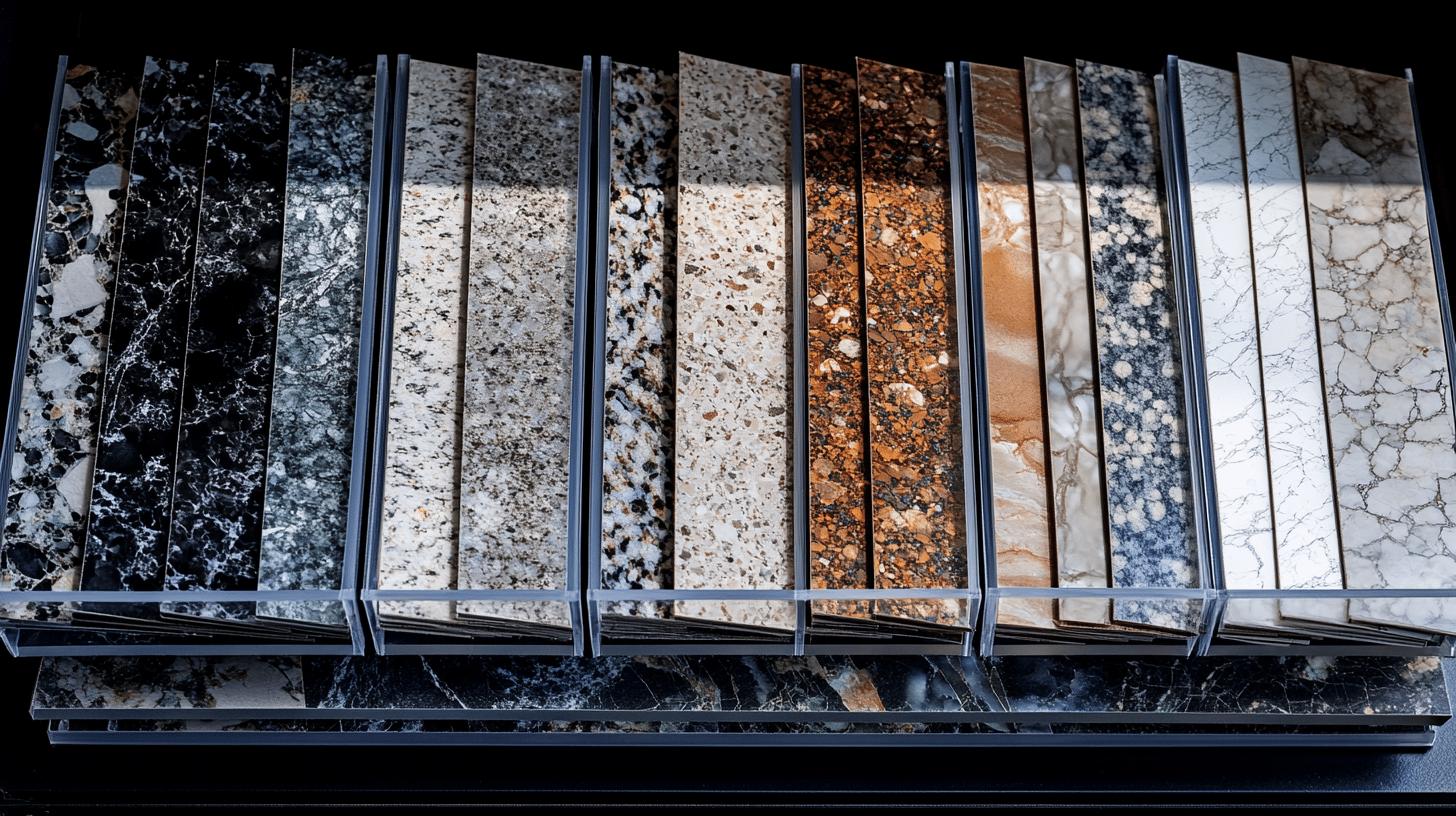
In commercial projects, the importance of cost-effective flooring cannot be overstated. Businesses are continually seeking solutions that offer durability and aesthetic appeal while keeping expenses in check. Vinyl flooring stands out as an exemplary choice, known for its versatility and ability to mimic the appearance of more costly materials like wood and stone. This makes it an ideal option for businesses aiming to achieve a high-end look without exceeding budget constraints. The affordability of vinyl and its variants ensures that businesses can invest in quality flooring solutions that enhance the visual appeal of their spaces while maintaining fiscal responsibility.
- Vinyl: Offers the look of expensive materials at a fraction of the cost.
- Luxury Vinyl Tile (LVT): Provides durability and water resistance, suitable for varied applications.
- Laminate: Cost-effective and easy to install, mimicking hardwood aesthetics.
- Carpet Tiles: Offers flexibility in design and ease of replacement, ideal for dynamic spaces.
Value engineering plays a crucial role in flooring projects, ensuring that businesses do not compromise on quality or performance while keeping costs manageable. This process involves a careful analysis of cost, performance, and aesthetics to achieve the best possible outcome. By focusing on essential design elements and prioritising materials that offer the greatest value, businesses can optimise their investments and create functional, stylish environments that align with budgetary constraints. Through strategic planning and resource allocation, value engineering helps maintain high standards in commercial flooring projects without unnecessary expenditure.
Final Words
In the action of transforming business environments, commercial flooring trends for 2024 present durable and stylish solutions. Emerging trends prioritise sustainability, with innovative materials and technology-driven designs shaping modern spaces. Businesses can embrace stylish aesthetics without compromising on durability, thanks to options like porcelain tiles and engineered wood, which cater to high-traffic areas.
Furthermore, eco-conscious businesses can benefit from sustainable flooring choices, such as reclaimed wood and bamboo. Technological advancements continue to enhance functionality and hygiene through smart systems and anti-microbial surfaces. By balancing performance and cost with value engineering, businesses can make impactful flooring investments. Embracing these trends ensures both longevity and style.
FAQ
What are the emerging commercial flooring trends for 2024?
In 2024, commercial flooring trends focus on innovative, sustainable materials blended with residential aesthetics, warm colour schemes, and softer wood grains. Purposeful design and technology-driven craftsmanship also play a significant role.
How is technology influencing modern flooring designs?
Technology is reshaping flooring designs with smart systems for monitoring foot traffic, anti-microbial surfaces, and acoustic management, enhancing functionality, maintenance, and hygiene in commercial spaces.
What are the durable flooring solutions for high-traffic areas?
Durable solutions for high-traffic areas include porcelain tile, which offers exceptional durability; LVT, known for its water resistance and low maintenance; and engineered wood, which combines beauty with enhanced durability.
Why is sustainability increasingly important in commercial flooring?
Sustainability is crucial due to the growing demand for eco-friendly materials like reclaimed wood, bamboo, and cork, which offer environmental benefits. PVC-free flooring is gaining traction in hospitality and healthcare.
Which stylish flooring options are trending for modern businesses?
Bold patterns, vibrant colours, and geometric designs are trending. LVT mimics natural materials affordably, offering versatile design possibilities that align with modern business aesthetics.
What are cost-effective flooring options for commercial projects?
Vinyl and LVT are cost-effective options that mimic expensive materials, balancing aesthetics and budget. Value engineering helps maintain quality, ensuring performance and aesthetics are optimised without overspending.
